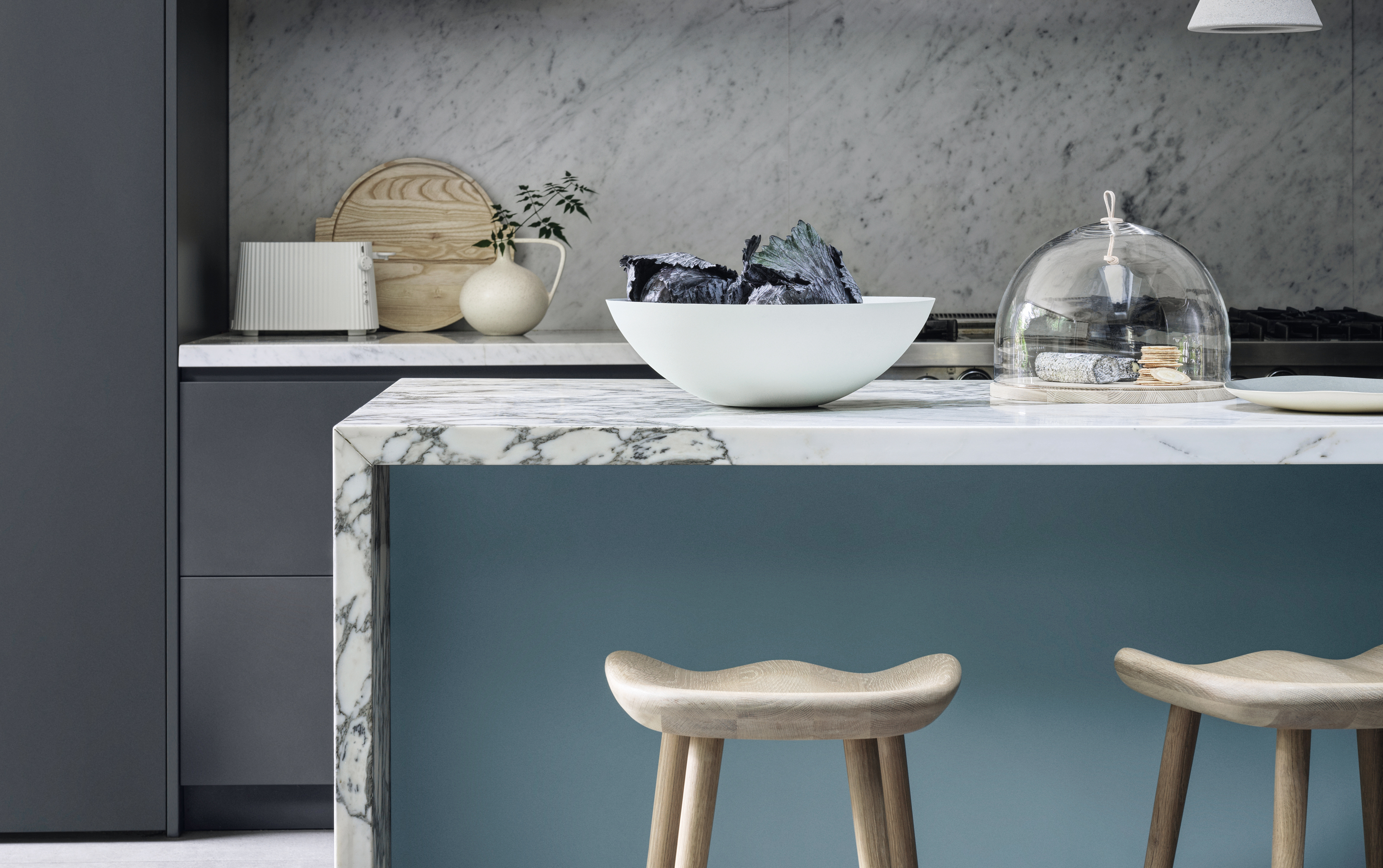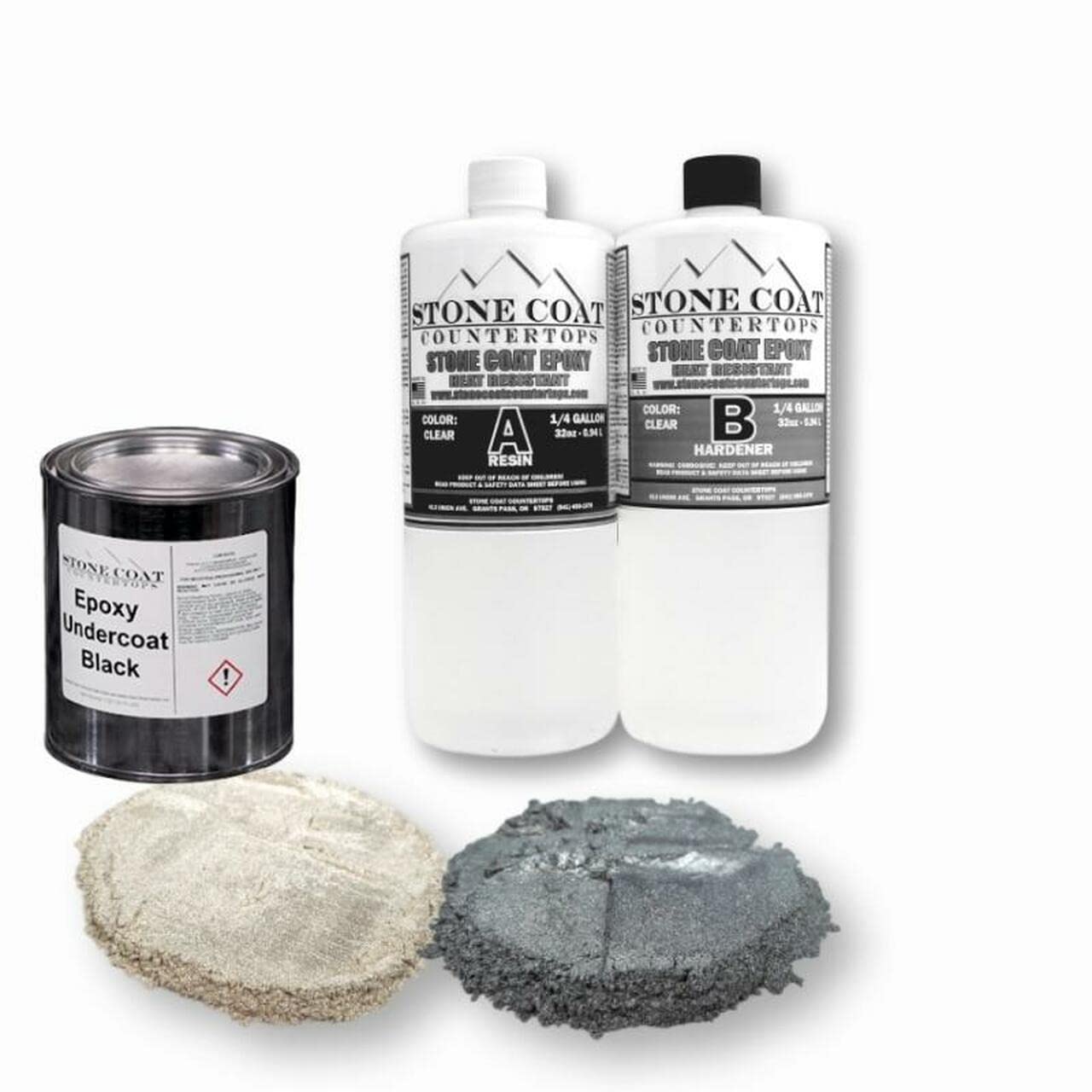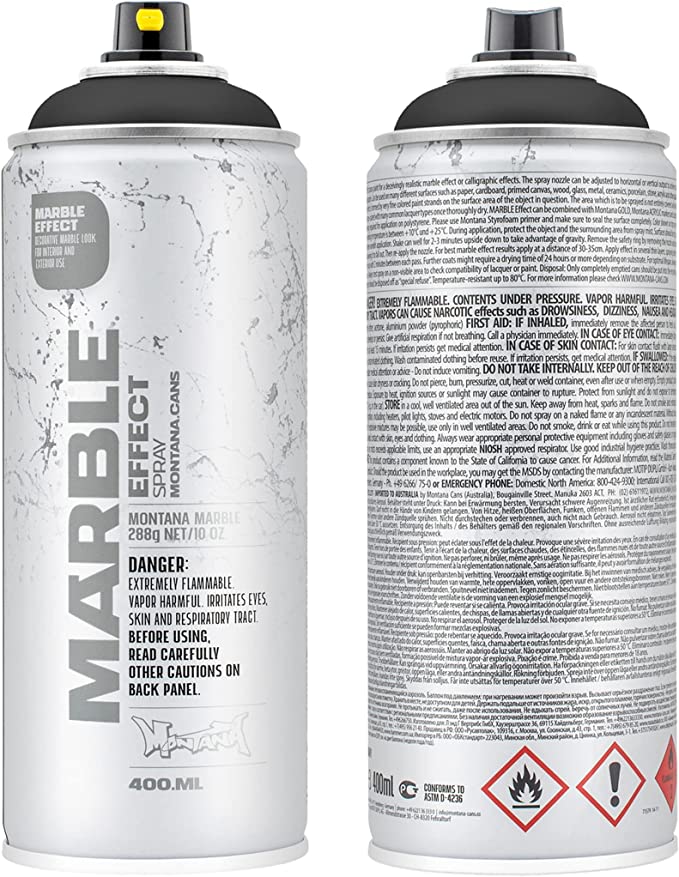DIY marble countertops are the next big viral home hack, but which method to make them is best?
For those on a budget for a reno, these DIY marble countertops can transform ugly kitchen surfaces. But which is the best way to achieve the look?


Inheriting a dated kitchen is never a joy, especially when all you dream of is beautiful new cabinetry and vast swathes of Carrara marble countertops. But if you know your kitchen isn't forever, but it's the kitchen you have to live with right now, there are ways to renovate on a budget that can make it much more bearable.
You may be well-versed in how to paint kitchen cabinets by now, but did you know that it's also possible to paint kitchen countertops and still have a super durable surface for food prep? Even more exciting, you can actually create the look of ultra-luxe marble and granite styles using DIY kits or your own handiwork.
It's a viral trend that's been shared endlessly on social media platforms like Tiktok and Instagram, but while you might come across one example of how to create the look, there's actually more than one method to achieving DIY marble countertops. Each creates a slightly different aesthetic and requires a different level of skill. But which is best? We investigate.
How do you DIY marble countertops?
It's possible to create DIY kitchen countertops on top of existing surfaces, whether they're granite or the likes of laminate. While the processes differ for each method, they largely all involve paint to some degree, and are all united by how they create a solid durable surface using epoxy resin to finish off. 'The epoxy is just a sealer to the paint, it’s what protects the faux marble painting,' explains furniture artist Joni Bond of Barn Chic Designs. 'Be sure to research countertop sealers to see which one best fits your situation.'
Epoxy resin gives an ultra-shiny surface as standard, which can be a major giveaway that your countertops aren't what they appear. However, once complete, it's possible to sand for a more matt finish, or use a matt finish spray varnish to dampen the shine of these surfaces.
Creating the marbled effect of these DIY countertops is the main challenge, and there are a range of different options to choose. Some are more difficult than others, while some offer more control over how your countertop turns out, making it better for nervous DIYers. Read on to get the low-down on each method, and discover which is the right pick for your project.
1. Hand-painting
The first option for creating a DIY marble countertop is to paint the marble veining by hand. This might sound like a scary prospect, but with the right brush and a bit of practice, it's actually the method that gives you the most control over the design, making it the best choice for nervous beginner DIYers.
The Livingetc newsletters are your inside source for what’s shaping interiors now - and what’s next. Discover trend forecasts, smart style ideas, and curated shopping inspiration that brings design to life. Subscribe today and stay ahead of the curve.
The paint you use isn't a huge concern, given that it's going to be coated in epoxy after it's done, but you may want to consider building up a design to make it look more realistic, with various paint colors and textures. 'Some people just use one color of grey for the veins and they turn out great,' Joni tells us. 'However, I wanted to show more depth in my countertops so I mixed some paint to create different shades of the same color.'
'I used a sponge to create stippling before I started working on veins, this helps give depth and achieve that authentic marble look. I also had a picture of real marble that I loved and tried to replicate that look or design.'
'Practice always helps,' Joni adds. 'I practiced on a scrap board before attempting the veining. Once I was happy with the practice board, I started the veining on the countertops.'

2. Poured resin
Another common method for DIY marble countertops is to create the marbling effect by pouring epoxy in various colors to make swirls, or adding in layers and marbleizing with a brush.
This method is largely suitable for DIYers, but to create some of the looks showcased by epoxy countertop kit sellers like Stonecoat Countertops will require more skill than others.
The aesthetic, on balance, benefits from the natural swirls created by using pigmented resin to DIY your countertop, but in some instances, creates more of a stylized version of a marble countertop rather than a super-realistic recreation of marble. It really does depend on the style you choose, but this type of DIY countertop does lend itself well to creating the look of bold, exotic stones with dramatic veining - one of the biggest countertop trends right now.
3. Spray paint
Marble effect spray paints are an interesting idea. With these paints, you use normal spray paint for the base, while a special nozzle creates a fine, marble-like veining when applied over the top. This has to be one of the easiest ways to create a marble-style effect.
However, it only creates a very certain kind of marble effect, and can't be used to create the large-scale veining that the other two methods can.
Essential buys for DIY marble countertops
Is epoxy durable for a countertop?
When it comes to kitchen countertops, durability is everything - so how does epoxy stand up to the wear and tear of a busy kitchen?
'Epoxy sealer does have its flaws but it’s very durable. We have to be careful not to sit any hot pans or cookware on it and of course be careful of some color dyes.'
'With every countertop comes drawbacks,' Joni adds. 'Stone has its durability, but real marble is porous and must be regularly sealed. You really need to maintain and make sure you take care of your marble because it can absorb stains quickly.'

Hugh is Livingetc.com’s editor. With 8 years in the interiors industry under his belt, he has the nose for what people want to know about re-decorating their homes. He prides himself as an expert trend forecaster, visiting design fairs, showrooms and keeping an eye out for emerging designers to hone his eye. He joined Livingetc back in 2022 as a content editor, as a long-time reader of the print magazine, before becoming its online editor. Hugh has previously spent time as an editor for a kitchen and bathroom magazine, and has written for “hands-on” home brands such as Homebuilding & Renovating and Grand Designs magazine, so his knowledge of what it takes to create a home goes beyond the surface, too. Though not a trained interior designer, Hugh has cut his design teeth by managing several major interior design projects to date, each for private clients. He's also a keen DIYer — he's done everything from laying his own patio and building an integrated cooker hood from scratch, to undertaking plenty of creative IKEA hacks to help achieve the luxurious look he loves in design, when his budget doesn't always stretch that far.


